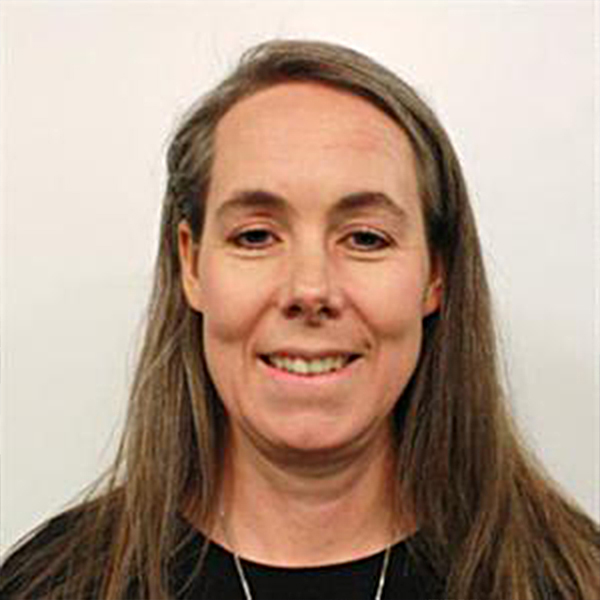

Early experience in astronomical research is fundamentally important to the education of undergraduate students and their preparation for graduate school. Learning how to use robotic telescopes to obtain photometric data, and then reducing and analyzing that data is one way to introduce young students to basic data reduction. Meaningful projects that make use of differential photometry are a valuable stepping stone to prepare students for more advanced research opportunities while they are still undergraduates.
At BYU we have several robotic telescopes on the roof of our building as well as access to the 20-inch robotic ARCSAT telescope at Apache Point Observatory. In this presentation I will highlight how we use our resources to train students in the collection and reduction of follow-up photometry for TESS transiting planet candidates. In addition to learning basic skills, these students are producing meaningful results that support the exoplanet community and they are developing a sense of belonging and identity as astronomers.
